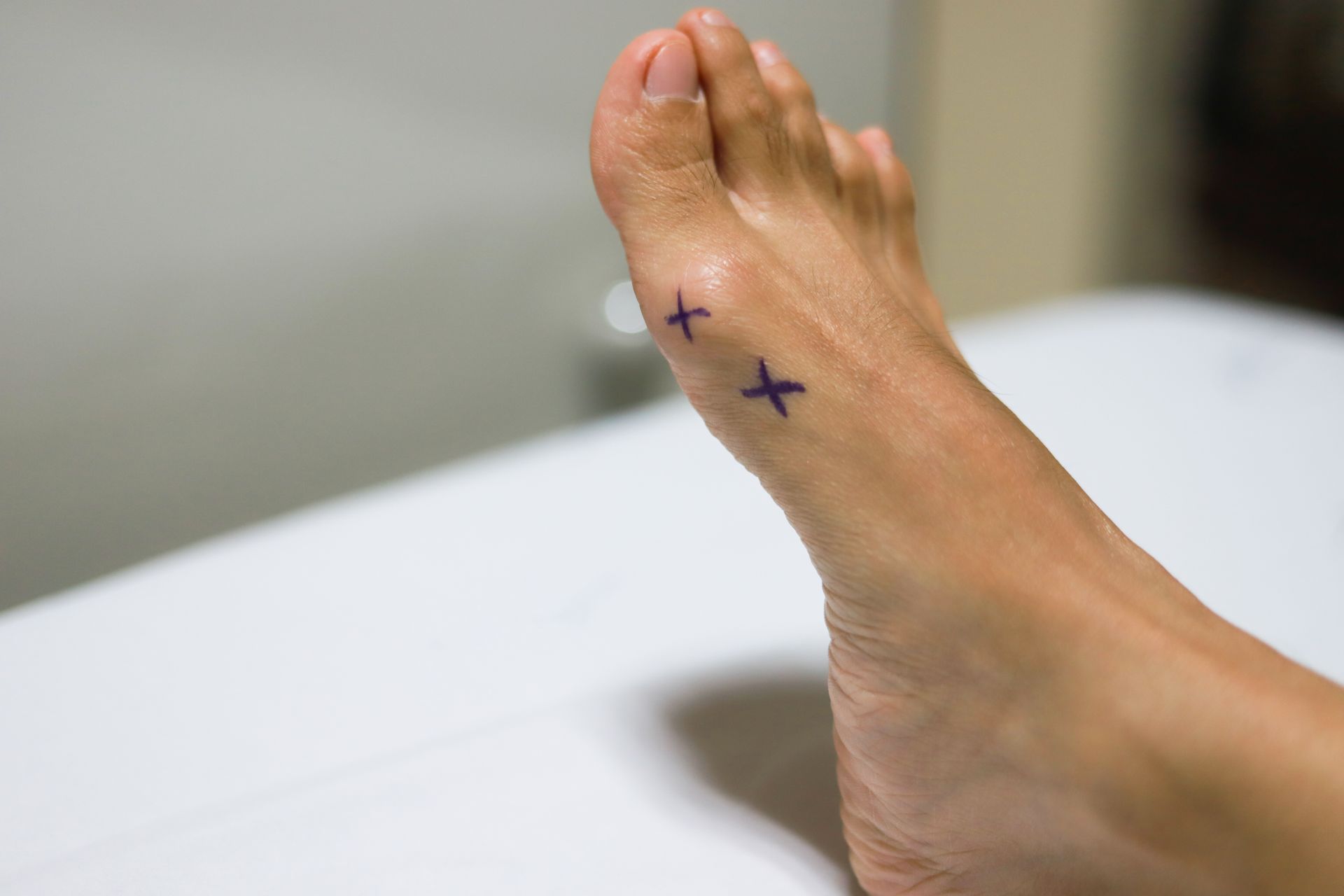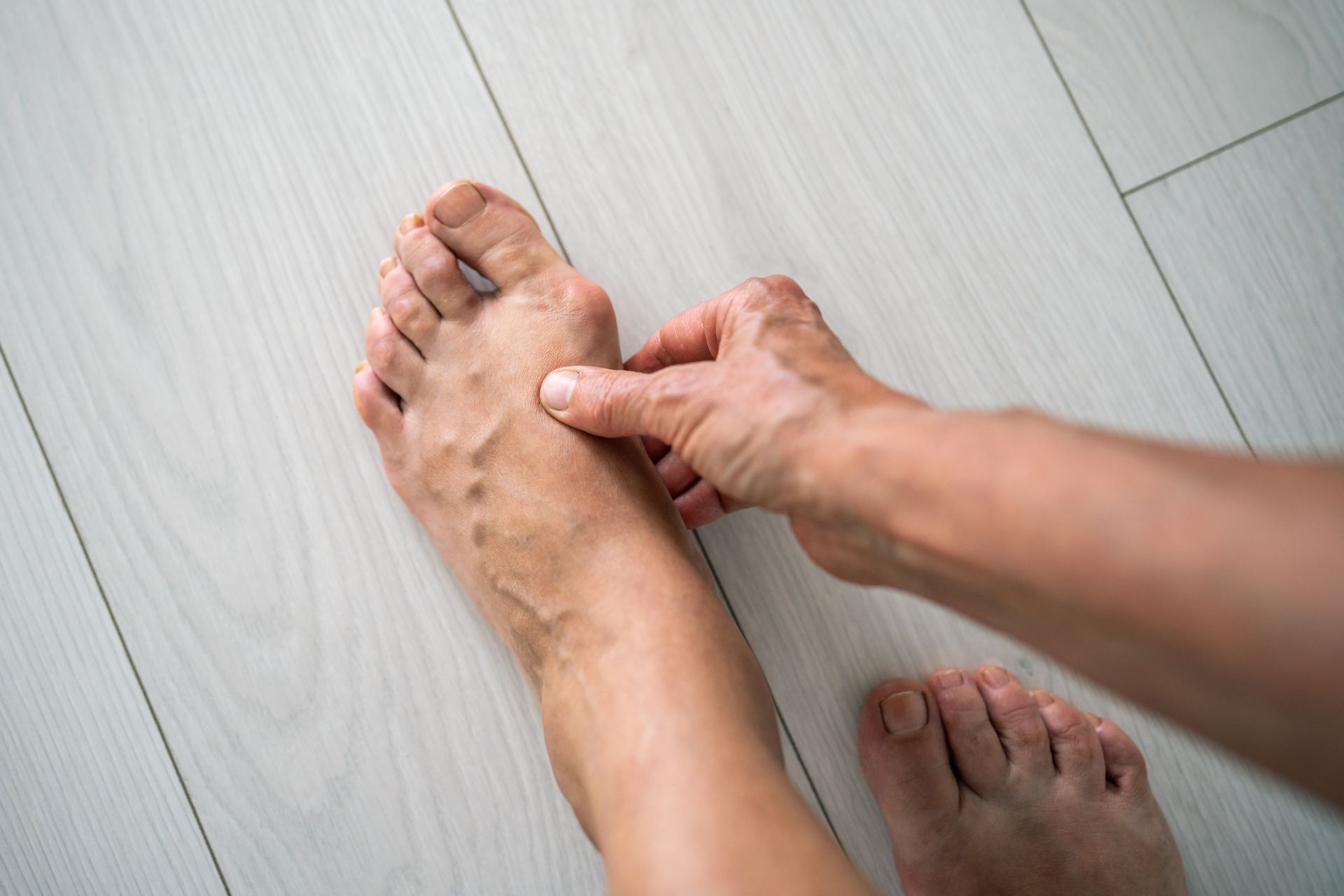Baton Rouge Foot Doctor Explains Joe Burrow’s Turf Toe Injury
When Cincinnati Bengals quarterback and LSU legend Joe Burrow left the game versus the Jacksonville Jaguars with a turf toe injury, fans in Baton Rouge immediately took notice. Burrow is not only an NFL star, but he is also part of Louisiana football history. While the headlines focused on when he might return, many people were left wondering: What exactly is turf toe, and should I be worried about it, too?
As a
foot and ankle surgeon and a longtime runner, I have seen turf toe affect athletes of all levels, from professionals to high school athletes here in Baton Rouge. Here is what you need to know.
What Is Turf Toe Baton Rouge?
Turf toe is a sprain of the big toe joint. It usually happens when your toe bends too far upward while the rest of your foot is planted on the ground. This overstretching can injure the ligaments and tissues that support the joint.
The name originates from football players getting injured on artificial turf; however,
the injury can occur to anyone during sports, exercise, or even everyday activities. Here in Baton Rouge, I have treated this injury in youth soccer players who were injured at the Burbank Soccer Complex, basketball players at the YMCA, and runners training on the levee. Turf toe is not limited to professionals on the big stage. It affects athletes and active people in our own community.
Symptoms of Turf Toe Baton Rouge Athletes Should Know
Common symptoms include:
- Pain and tenderness at the base of the big toe
- Swelling or bruising
- Trouble bending the toe or pushing off while walking or running
- A feeling that the joint is unstable
In Burrow’s case, these symptoms are enough to keep him off the field. For everyday patients here in Baton Rouge, it can be painful to do something as simple as walking around the LSU lakes or standing for a long shift at work.
How Serious Is a Turf Toe Injury?
Doctors grade turf toe injuries based on severity:
- Grade 1 (Mild): Stretched tissue, soreness, and mild swelling
- Grade 2 (Moderate): Partial tear with more swelling, bruising, and difficulty walking
- Grade 3 (Severe): Complete tear or dislocation of the joint, very painful and slow to heal
Most cases are mild to moderate, but they can still
significantly interfere with daily life if not properly treated. A high school football player at Catholic High, for example, could miss several weeks of the season with even a moderate case.
Early NFL reports indicate that Joe Burrow is expected to have a Grade 3 turf toe injury. A Grade 3 injury involves a significant tear of the ligaments around the big toe joint and often requires surgery to repair. This level of injury would likely keep Burrow out of action for approximately three months.
Most patients will not face that type of severe injury, but even moderate cases can cause significant setbacks if they are ignored or not treated properly.
Turf Toe Treatment Baton Rouge: What Helps You Heal
The good news is that most turf toe injuries typically heal without the need for surgery. Treatment usually involves:
- Resting and staying off the foot
- Ice and elevation to reduce swelling
- Supportive shoes or orthotics to protect the joint
- Over-the-counter medication for pain
- Physical therapy to restore movement and strength
Recovery time depends on the grade of the injury. A mild sprain typically improves within a week or two, while more severe injuries may take several weeks or months to recover.
I often remind my patients whether they are runners training for the Louisiana Marathon or parents staying active at Highland Road Park, that pushing too hard too soon can delay recovery. Taking time to heal properly is the key to getting back to your sport or activity.
Long-Term Outlook for Turf Toe Baton Rouge Patients
For professional athletes like Joe Burrow, turf toe can temporarily affect performance because it limits push-off strength and mobility, both of which are critical for throwing and running. For everyday patients, untreated turf toe can lead to stiffness, arthritis, or long-term pain.
Even if you are not competing in Tiger Stadium, you still need healthy feet to do the things you enjoy. That might involve playing a pickup game at the park, running around with your kids, or walking through your neighborhood in Baton Rouge.
Joe Burrow’s injury has brought national attention to turf toe, but this is not just a problem for professional athletes. It can affect anyone in our community. If you experience pain, swelling, or stiffness in your big toe, it is essential to
consult a foot and ankle specialist. With the right care, most people make a full recovery and return to their normal activities.


